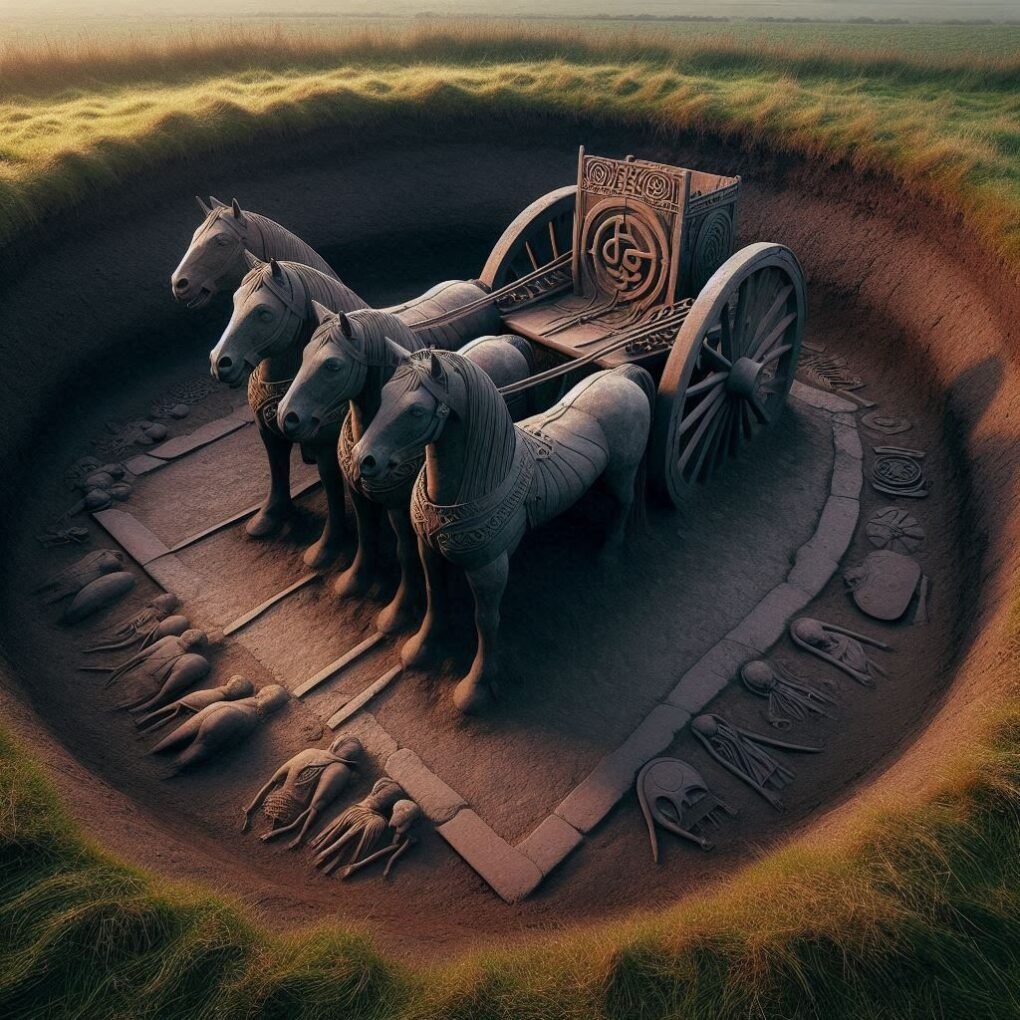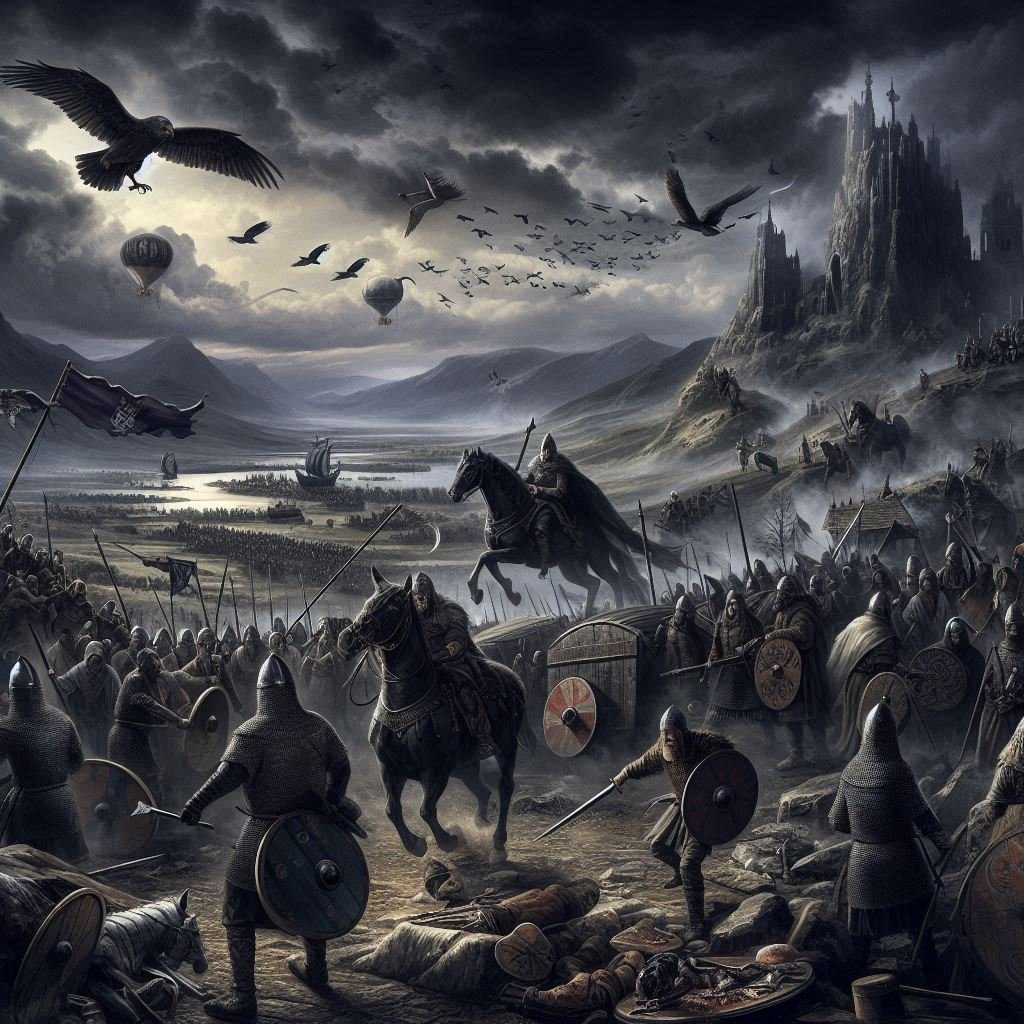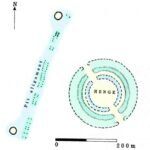Celtic burial’s
An interesting legacy of Celtic culture is the custom of burying the dead in barrows surrounded by a square ditch. This was a uniquely British phenomenon. One aspect of this that is highly significant and which inspired a great deal of excitement among scholars of Iron Age Britain, was the discovery of the so-called chariot burials. Wagon graves have their first appearance in Europe in the middle 7th century BC, where warrior chieftains were buried along with sides of beef and pork, horse bits and earthen vessels. It was a ritual imported from the Etruscans and the oldest such burials connected with the Celts have been identified from Bohemia, Austria and Bavaria. Some of the more detailed evidence of Iron Age influence in Yorkshire comes from the eastern part of the region, along the southern fringes of the moors and again in the Wolds, where evidence of settlements from this period has been identified near Wetwang. That region abounds with square barrows suggests a strong spiritual element to their culture. These features are peculiar to the La Tène Celts and were apparently alien to the neighbouring Brigantes – further evidence of strong division between the two groups. The Brigantes as we shall soon see, pursued their own overtly gruesome customs.
Chariot burials
The excavations at Wetwang Slack, some four miles west of Wetwang, and at another site at Garton Slack near Great Driffield, gave archaeologists a further insight into Iron Age cultures in the county and also provided many surprises. At these two locations, the Wetwang Slack one in particular, it was obvious from the extensive linear earthworks and barrow cemeteries, that here was a major settlement of the Parisii. As recently as 1984, three chariot burials, similar to those found elsewhere in Europe, were revealed by excavations in nearby gravel pits. Archaeologists believed that the earlier finds revealed nothing more fanciful than farm carts, yet the subsequent discovery of grave goods with oblivious military connotations finally dispelled any doubts. In each of the Wold burials, the chariot had been dismantled and the wheels and iron tyres placed beneath the carriage. Two of the barrows were obviously the graves of important warriors, for the deceased had been buried in a crouched position alongside fine weapons and ornate shields. Exciting as these discoveries obviously were, the third barrow was even more remarkable. This contained the body of a woman who had been laid to rest together with the riches of her station. She was well provided for the afterlife. A side of pork had been placed beside her, together with a mirror, a bronze box, horse bits also of bronze and several pins. It was obvious that here the barrow of some woman of noble lineage had been unearthed. Close to Stanwick, in North East Lower Langdale, further Chariot burials were discovered by MacLauchlan in 1844.
Many of Yorkshire’s fine museum artefacts reflect life, and death in the Iron Age. The remains from these chariot graves can be seen on display at the Hull and East Riding Museum in Hull, where the Celtic World exhibit brings to life the La Tène culture of the Yorkshire Wolds. It is tempting to contemplate the ritual, which must surely have accompanied the ceremonies accompanying these burials. Other exhibits include some fine Romano-British mosaics
Celtic Headhunters
Their overt savagery even appalled the Romans, who were certainly no angels. The Celts were head-hunters and, according to Diodorus, warriors hewed the heads of fallen enemies and hung them from their horses’ manes, later to be preserved and displayed on the walls of their huts. More about this preoccupation with heads later. Some northern Celts, including those inhabiting Caledonia, tattooed their bodies or decked them out in blue pigment before engaging in battle. It was said to make them fearsome in appearance, and thus they became known as the Pictii, from which the name Pict is derived.













